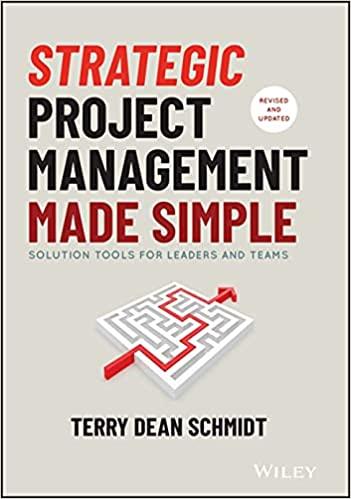Answered step by step
Verified Expert Solution
Question
1 Approved Answer
Bundling Part 2 Overview Your objective in this exercise is to gather some intuition for how the distribution of customer willingness-to-pay and product marginal costs






Bundling Part 2 Overview Your objective in this exercise is to gather some intuition for how the distribution of customer willingness-to-pay and product marginal costs affect optimal bundling strategies. We discussed this in lecture. But, now I want you to consider how to apply the logic from lecture to customer data. To illustrate these points, we will consider a series of stylized examples. Suppose you have conducted a conjoint study to help a client decide how to price and sell a two-component system. One of the considerations is whether to bundle the two components or to sell them individually. So, in each example, there are 2 products that may be sold in a pure bundle, mixed bundle, or pure components. Customer valuations range from $1 to $10 for each product. For example, in the table below there are 2 customers willing to pay $3 for item 1 and $2 for item 2 . In the questions that follow, I will show you a distribution of willingness-to-pay for items 1 and 2 as well as the optimal pure bundle, mixed bundle, and pure components prices. Your task is to offer some intuition to explain the effectiveness of these three strategies. Questions 1. Consider the following scenarios. Each scenario consists of a hypothetical marketing research report on the distribution of customer willingness-to-pay for the two components (e.g. you ran a survey or a conjoint study on a small sample of subjects). Explain why bundling is more profitable than pure components in Scenario 2 vs. Scenario 1. In Scenario 2, why are there no gains from mixed bundling relative to pure bundling? Note: the optimal prices for each scenario are already computed for you. Although it's not part of this assignment, it's probably a good idea to see if you can figure out how those prices were calculated. You could do this in a spreadsheet. Scenario 1 If the marginal cost of each item is $1, the optimal prices are: Scenario 2 If the marginal cost of each item is $1, the optimal prices are: 2. Consider the following scenario. Why are the optimal mixed bundle prices higher than either the Pure Component or Pure Bundle prices? In question (1), there were no gains from mixed bundling; explain why there are now gains from mixed bundling. Scenario 3 If the marginal cost of each item is $1, the optimal prices are: 3. Now consider the same distribution of customer willingness-to-pay as in Scenario 3 (above) but assume the marginal cost of an item is now $3 (rather than \$1). Now pure bundling leads to lower profits than pure components, whereas in question (2) pure bundling had greater profits. Explain the intuition for this result. Scenario 3: High Cost If the marginal cost of each item is $3, the optimal prices are: \begin{tabular}{lllll} Mixed Bundle & $8 & $8 & $12.99 & $456 \end{tabular}
Step by Step Solution
There are 3 Steps involved in it
Step: 1

Get Instant Access to Expert-Tailored Solutions
See step-by-step solutions with expert insights and AI powered tools for academic success
Step: 2

Step: 3

Ace Your Homework with AI
Get the answers you need in no time with our AI-driven, step-by-step assistance
Get Started


